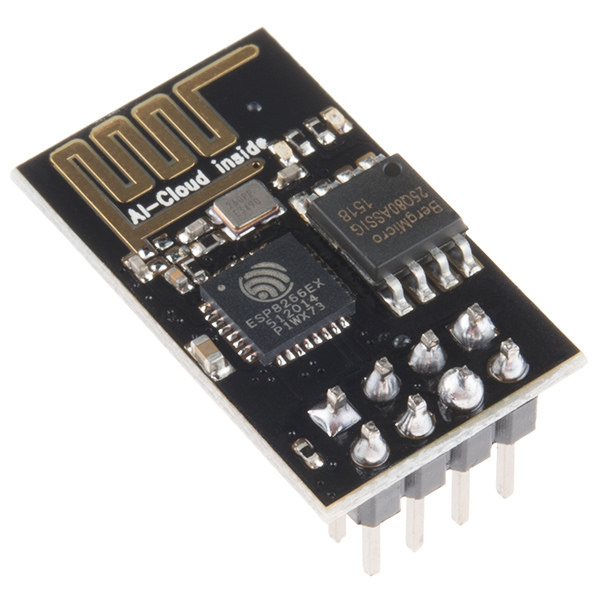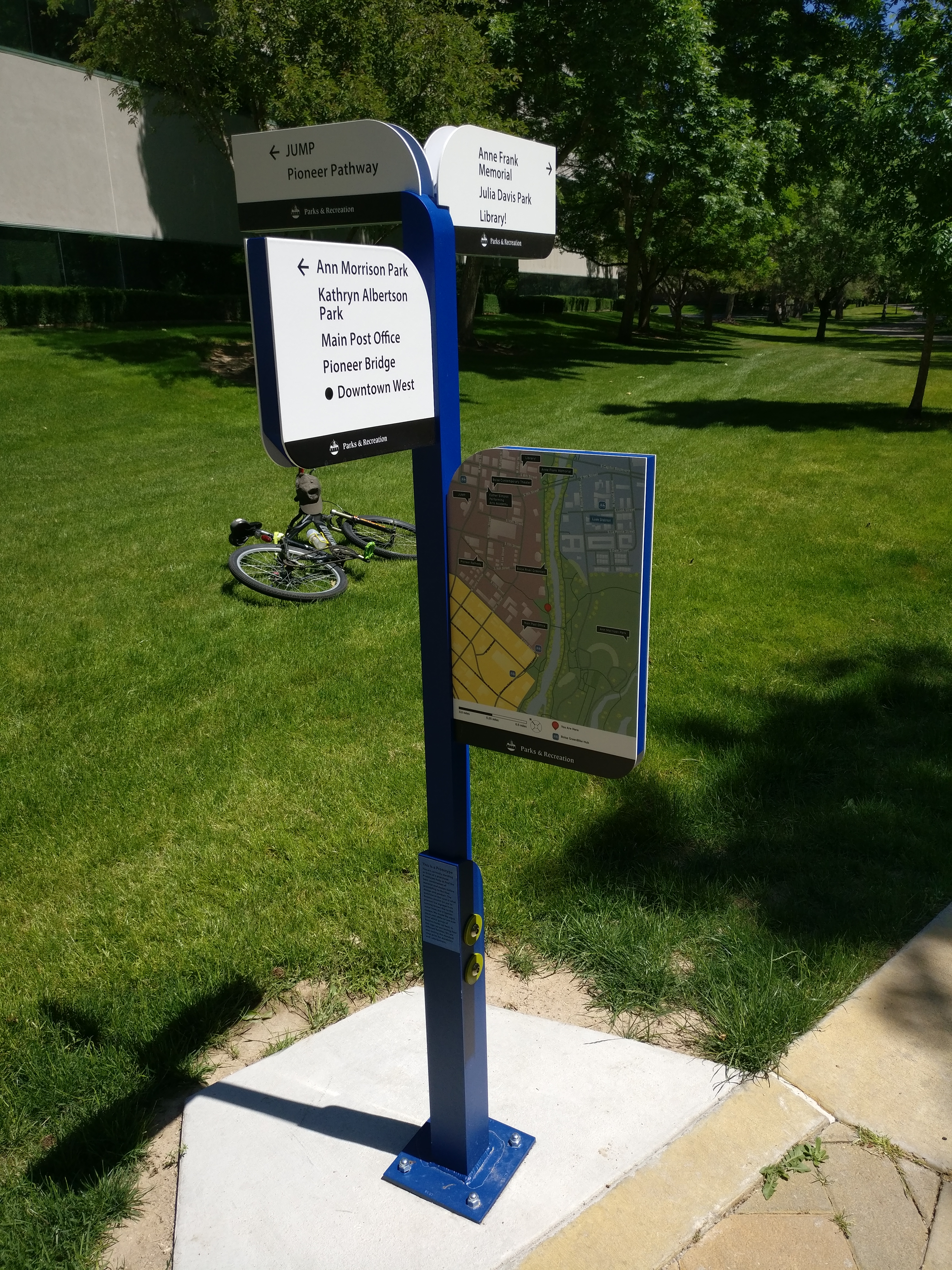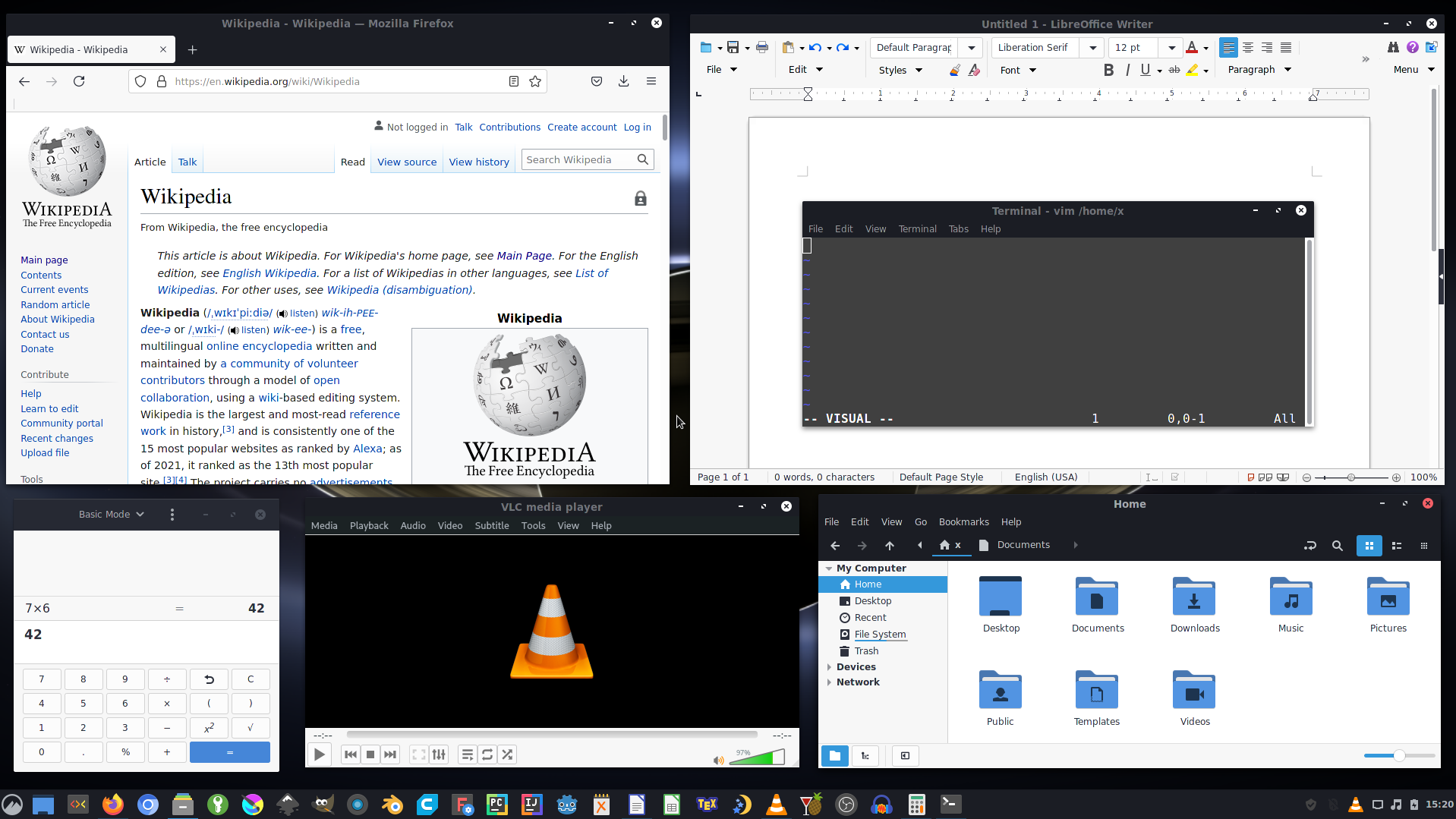|
Zerynth
Zerynth is a software implementation of the Python programming language for programming microcontrollers. It targets 32-bit microcontroller platforms and is designed to mix Python with C code. It connects the microcontrollers to the Cloud for developing Internet of Things (IoT) products. Zerynth is made for designers, engineers, programmers and IoT professionals for product designing and ideation without focusing on low-level configurations and programming. Ecosystem Zerynth allows programming using Python or a hybrid C/Python approach on 32-bit microcontrollers such as ESP32, ESP8266, ARM Cortex M0+, ARM Cortex M3, ARM Cortex M4, and others. It is recommended by Espressif Systems and it is also an official 3rd party development tool of Microchip. Zerynth is designed to link IoT platforms to Cloud services. Zerynth entered into a partnership with RS Components in order to provide access to Zerynth Studio to engineers on DesignSpark. Tools Zerynth Virtual Machine is a ... [...More Info...] [...Related Items...] OR: [Wikipedia] [Google] [Baidu] |
ESP8266
The ESP8266 is a low-cost Wi-Fi microchip, with built-in TCP/IP networking software, and microcontroller capability, produced by Espressif Systems in Shanghai, China. The chip was popularized in the English-speaking maker community in August 2014 via the ESP-01 module, made by a third-party manufacturer Ai-Thinker. This small module allows microcontrollers to connect to a Wi-Fi network and make simple TCP/IP connections using Hayes-style commands. However, at first, there was almost no English-language documentation on the chip and the commands it accepted. The very low price and the fact that there were very few external components on the module, which suggested that it could eventually be very inexpensive in volume, attracted many hackers to explore the module, the chip, and the software on it, as well as to translate the Chinese documentation. The ESP8285 is a similar chip with a built-in 1 MiB flash memory, allowing the design of single-chip devices capable of connec ... [...More Info...] [...Related Items...] OR: [Wikipedia] [Google] [Baidu] |
ESP32
ESP32 is a series of low-cost, low-power system on a chip microcontrollers with integrated Wi-Fi and dual-mode Bluetooth. The ESP32 series employs either a Tensilica Xtensa LX6 microprocessor in both dual-core and single-core variations, Xtensa LX7 dual-core microprocessor or a single-core RISC-V microprocessor and includes built-in antenna switches, RF balun, power amplifier, low-noise receive amplifier, filters, and power-management modules. ESP32 is created and developed by Espressif Systems, a Shanghai-based Chinese company, and is manufactured by TSMC using their 40 nm process. It is a successor to the ESP8266 microcontroller. Features Features of the ESP32 include the following: * Processors: ** CPU: Xtensa dual-core (or single-core) 32-bit LX6 microprocessor, operating at 160 or 240 MHz and performing at up to 600 DMIPS ** Ultra low power (ULP) co-processor * Memory: 320 KiB RAM, 448 KiB ROM * Wireless connectivity: ** Wi-Fi: 802.11 b/g/n ** Bluetooth: v4.2 ... [...More Info...] [...Related Items...] OR: [Wikipedia] [Google] [Baidu] |
C (programming Language)
C (''pronounced like the letter c'') is a General-purpose language, general-purpose computer programming language. It was created in the 1970s by Dennis Ritchie, and remains very widely used and influential. By design, C's features cleanly reflect the capabilities of the targeted CPUs. It has found lasting use in operating systems, device drivers, protocol stacks, though decreasingly for application software. C is commonly used on computer architectures that range from the largest supercomputers to the smallest microcontrollers and embedded systems. A successor to the programming language B (programming language), B, C was originally developed at Bell Labs by Ritchie between 1972 and 1973 to construct utilities running on Unix. It was applied to re-implementing the kernel of the Unix operating system. During the 1980s, C gradually gained popularity. It has become one of the measuring programming language popularity, most widely used programming languages, with C compilers avail ... [...More Info...] [...Related Items...] OR: [Wikipedia] [Google] [Baidu] |
Partnership
A partnership is an arrangement where parties, known as business partners, agree to cooperate to advance their mutual interests. The partners in a partnership may be individuals, businesses, interest-based organizations, schools, governments or combinations. Organizations may partner to increase the likelihood of each achieving their mission and to amplify their reach. A partnership may result in issuing and holding equity or may be only governed by a contract. History Partnerships have a long history; they were already in use in medieval times in Europe and in the Middle East. According to a 2006 article, the first partnership was implemented in 1383 by Francesco di Marco Datini, a merchant of Prato and Florence. The Covoni company (1336-40) and the Del Buono-Bencivenni company (1336-40) have also been referred to as early partnerships, but they were not formal partnerships. In Europe, the partnerships contributed to the Commercial Revolution which started in the 13th ce ... [...More Info...] [...Related Items...] OR: [Wikipedia] [Google] [Baidu] |
Prototype
A prototype is an early sample, model, or release of a product built to test a concept or process. It is a term used in a variety of contexts, including semantics, design, electronics, and software programming. A prototype is generally used to evaluate a new design to enhance precision by system analysts and users. Prototyping serves to provide specifications for a real, working system rather than a theoretical one. In some design workflow models, creating a prototype (a process sometimes called materialization) is the step between the formalization and the evaluation of an idea. A prototype can also mean a typical example of something such as in the use of the derivation 'prototypical'. This is a useful term in identifying objects, behaviours and concepts which are considered the accepted norm and is analogous with terms such as stereotypes and archetypes. The word ''prototype'' derives from the Greek , "primitive form", neutral of , "original, primitive", from πρ� ... [...More Info...] [...Related Items...] OR: [Wikipedia] [Google] [Baidu] |
Application Software
Application may refer to: Mathematics and computing * Application software, computer software designed to help the user to perform specific tasks ** Application layer, an abstraction layer that specifies protocols and interface methods used in a communications network * Function application, in mathematics and computer science Processes and documents * Application for employment, a form or forms that an individual seeking employment must fill out * College application, the process by which prospective students apply for entry into a college or university * Patent application, a document filed at a patent office to support the grant of a patent Other uses * Application (virtue), a characteristic encapsulated in diligence * Topical application, the spreading or putting of medication to body surfaces See also * * Apply {{disambiguation ... [...More Info...] [...Related Items...] OR: [Wikipedia] [Google] [Baidu] |
Over-the-air Programming
Over-the-air programming (OTA programming) refers to various methods of distributing new software, configuration settings, and even updating encryption keys to devices like mobile phones, set-top boxes, electric cars or secure voice communication equipment (encrypted two-way radios). One important feature of OTA is that one central location can send an update to all the users, who are unable to refuse, defeat, or alter that update, and that the update applies immediately to everyone on the channel. A user could 'refuse' OTA, but the 'channel manager' could also 'kick them off' the channel automatically. In the context of the mobile content world, these include firmware-over-the-air (FOTA), over-the-air service provisioning (OTASP), over-the-air provisioning (OTAP), or over-the-air parameter administration (OTAPA); or provisioning handsets with the necessary settings with which to access services such as wireless access point (WAP) or Multimedia Messaging Service (MMS). As mob ... [...More Info...] [...Related Items...] OR: [Wikipedia] [Google] [Baidu] |
Firmware
In computing, firmware is a specific class of computer software that provides the low-level control for a device's specific hardware. Firmware, such as the BIOS of a personal computer, may contain basic functions of a device, and may provide hardware abstraction services to higher-level software such as operating systems. For less complex devices, firmware may act as the device's complete operating system, performing all control, monitoring and data manipulation functions. Typical examples of devices containing firmware are embedded systems (running embedded software), home and personal-use appliances, computers, and computer peripherals. Firmware is held in non-volatile memory devices such as ROM, EPROM, EEPROM, and flash memory. Updating firmware requires ROM integrated circuits to be physically replaced, or EPROM or flash memory to be reprogrammed through a special procedure. Some firmware memory devices are permanently installed and cannot be changed after manufact ... [...More Info...] [...Related Items...] OR: [Wikipedia] [Google] [Baidu] |
Toolchain
In software, a toolchain is a set of programming tools that is used to perform a complex software development task or to create a software product, which is typically another computer program or a set of related programs. In general, the tools forming a toolchain are executed consecutively so the output or resulting environment state of each tool becomes the input or starting environment for the next one, but the term is also used when referring to a set of related tools that are not necessarily executed consecutively. A simple software development toolchain may consist of a compiler and linker (which transform the source code into an executable program), libraries (which provide interfaces to the operating system), and a debugger (which is used to test and debug created programs). A complex software product such as a video game needs tools for preparing sound effects, music, textures, 3-dimensional models and animations, together with additional tools for combining these ... [...More Info...] [...Related Items...] OR: [Wikipedia] [Google] [Baidu] |
Open-source Software
Open-source software (OSS) is computer software that is released under a license in which the copyright holder grants users the rights to use, study, change, and distribute the software and its source code to anyone and for any purpose. Open-source software may be developed in a collaborative public manner. Open-source software is a prominent example of open collaboration, meaning any capable user is able to participate online in development, making the number of possible contributors indefinite. The ability to examine the code facilitates public trust in the software. Open-source software development can bring in diverse perspectives beyond those of a single company. A 2008 report by the Standish Group stated that adoption of open-source software models has resulted in savings of about $60 billion per year for consumers. Open source code can be used for studying and allows capable end users to adapt software to their personal needs in a similar way user scripts ... [...More Info...] [...Related Items...] OR: [Wikipedia] [Google] [Baidu] |
Random-access Memory
Random-access memory (RAM; ) is a form of computer memory that can be read and changed in any order, typically used to store working data and machine code. A random-access memory device allows data items to be read or written in almost the same amount of time irrespective of the physical location of data inside the memory, in contrast with other direct-access data storage media (such as hard disks, CD-RWs, DVD-RWs and the older magnetic tapes and drum memory), where the time required to read and write data items varies significantly depending on their physical locations on the recording medium, due to mechanical limitations such as media rotation speeds and arm movement. RAM contains multiplexing and demultiplexing circuitry, to connect the data lines to the addressed storage for reading or writing the entry. Usually more than one bit of storage is accessed by the same address, and RAM devices often have multiple data lines and are said to be "8-bit" or "16-bit", etc ... [...More Info...] [...Related Items...] OR: [Wikipedia] [Google] [Baidu] |
Bytecode
Bytecode (also called portable code or p-code) is a form of instruction set designed for efficient execution by a software interpreter. Unlike human-readable source code, bytecodes are compact numeric codes, constants, and references (normally numeric addresses) that encode the result of compiler parsing and performing semantic analysis of things like type, scope, and nesting depths of program objects. The name bytecode stems from instruction sets that have one-byte opcodes followed by optional parameters. Intermediate representations such as bytecode may be output by programming language implementations to ease Interpreter (computer software), interpretation, or it may be used to reduce hardware and operating system dependence by allowing the same code to run cross-platform, on different devices. Bytecode may often be either directly executed on a virtual machine (a p-code machine, i.e., interpreter), or it may be further compiled into machine code for better performance. ... [...More Info...] [...Related Items...] OR: [Wikipedia] [Google] [Baidu] |





